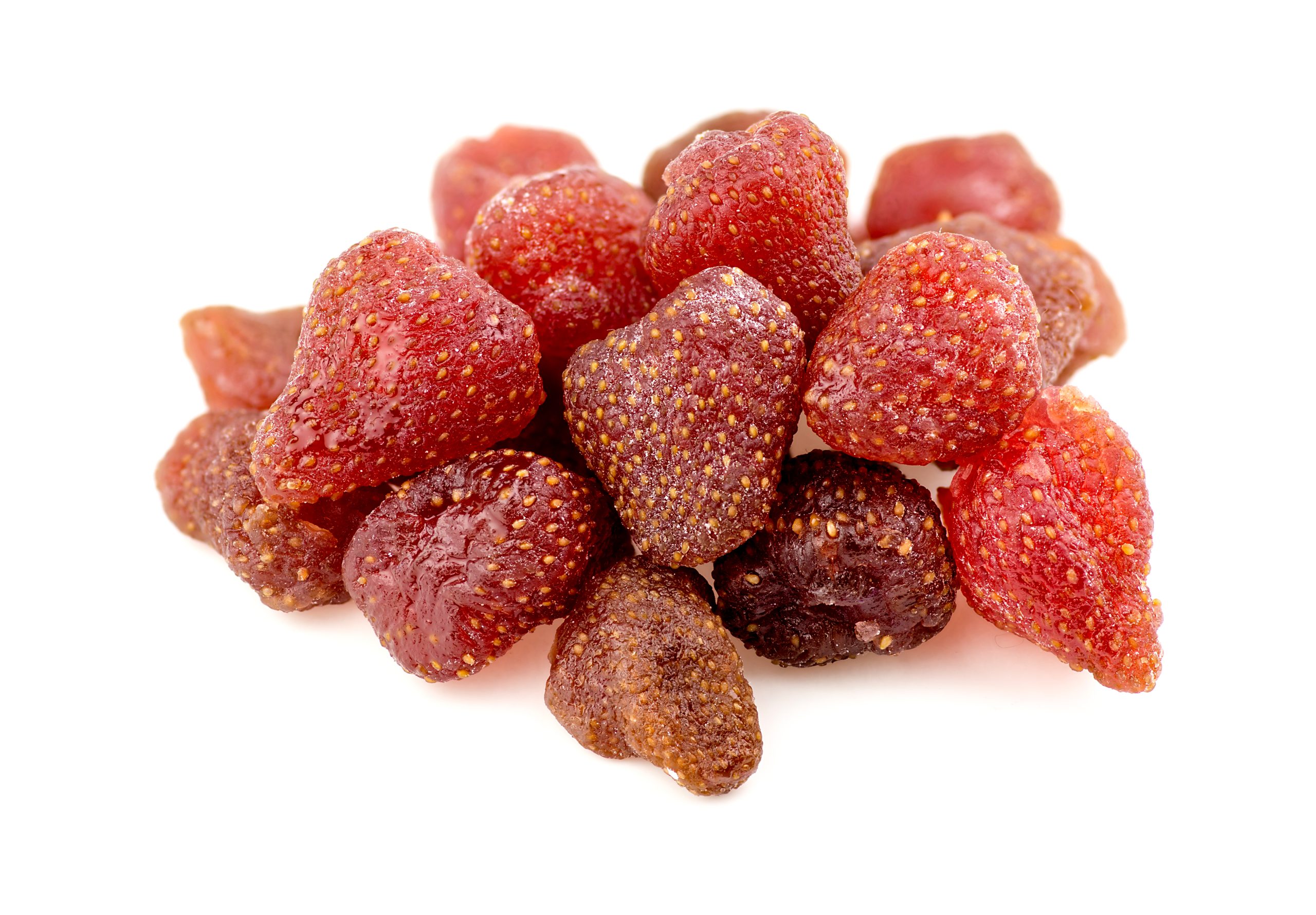Last Updated on October 17, 2022 by admin_hunter
There are several reasons to preserve and store food. Maybe you’re concerned about preparing yourself for a small disruption in the food supply due to an emergency or a disaster; maybe you’re a serious prepper and keeping some seasonal food all year round seems like an attractive proposition for the survivalist in you, or maybe you just want to cut down on food wastage. Whatever the reason, when it comes to drying food for long-term storage, you have a few options.
One option is dehydrating, which works okay but doesn’t keep food in a great condition, canning which has been practiced for years, and freeze-drying, which is the best option of the three. Your food will last up to 8 times as long. Knowing how to freeze dry your own food will save money and see that you have food supply when it matters most.
If you live in areas that experience long harsh winters, knowing how to freeze dry food for long term storage is a way of life. It can be the difference between life and death. People living in such areas spend the warmer months preparing for winter. But you don’t have to live in such remote areas to learn this skill. Freeze-dried foods can come in handy during camping trips or emergency situations.
Understanding Freeze Drying
If you decide to freeze dry food, it makes sense that you first understand what freeze-drying is all about. First of all, any fresh food tends to spoil over time as a result of microorganisms, enzyme attack and mold appearance. Without water/moisture, this cannot happen.
“Freeze drying” sounds like a fancy method for food preservation. Most folks assume that the process it’s overly complicated, which is far from the truth. Freeze drying, also known as lyophilization, is a delicate food preservation method that involves completely drying food. The process plays with the properties of water within food.
The difference between freeze drying and standard food drying is in the method. In the latter, you lay food in the sun repeatedly and the heat causes water to evaporate. Freeze drying food also involves removing moisture content but is comparatively faster than the natural drying process.
When freeze drying your food, the moisture is removed from the food by a process called sublimation. Here, a vacuum is applied, causing the moisture to freeze and turn into gas at low pressure, leaving the food dry (flash freezing). You can also use dry ice or a freezer. This process decreases the weight by up to 90 percent and allows the food to maintain its shape and nutritional value. To consume freeze dried food, simply rehydrate the food.
Why Should I Freeze Dry Food?
Freeze dried foods are rather expensive if you buy them from stores. It is much cheaper to dehydrate food yourself. There are many benefits associated with freeze drying food:
- Long-term storage.
- Easier to store and transport.
- Leaves taste and flavor intact.
- Leave food with the same nutritional value.
- Reconstitutes quickly.
Shelf Life Of Freeze Dried Food
The biggest advantage of freeze-dried food is its shelf life. Freeze dried food lasts longer than canned/dehydrated food. It also tastes great and retains all the goodness in the process. Frozen food can last up to 2 years, canned food for up to 3 years and dehydrated food up to 4 years. The freeze dried foods you purchase in stores are sealed in resilient packaging under nitrogen and can last anywhere from 2-25 years. Unfortunately, freeze dried fruits are on the lower end of the shelf-life spectrum, and can last you for just 2 years.
Longevity of freeze dried depends on how you store it. Packaging is the only barrier between your freeze dried food and those elements that can make it go bad. Once you break the seal on a freeze dried food package, the shelf-life drastically reduces. This is especially true if you store the unpacked food in humid conditions. For most freeze dried foods, they are palatable for 6 months. You need to create a hostile environment for microorganisms to extend the expiry period.
Preparing Food for Freeze Drying at Home
You can freeze dry almost anything. Food preparation is the first step you should take no matter what method you prefer. Foods that have lots of water in them tend to work best for preservation through freeze drying. The selected food/s should be fresh. For vegetables and fruits, it is best to freeze dry them when they’re ripe and in season.
Here are some foods to consider:
- Bananas
- Chicken
- Potatoes/sweet potatoes
- Apples, pears and berries
- Cheese
- Dry meats
- Ice cream and yogurt
- Eggs
- Full meals
- Carrots
- Peppers
PRO TIP: If you decide to freeze dry a full meal. Wait until it’s cooled down. Also, avoid freeze drying a meal that has already been refrigerated. They will taste like leftovers when reconstituted.
Once you pick your food/s, clean it and dry it the best you can. To help fasten the freeze drying process, consider cutting some foods into smaller pieces. Foods like potatoes, bananas and apples are good examples of foods that can be chopped.
Now that you know what foods to dry fry, let’s discuss the different methods on how to freeze dry food for long term storage.
How to Freeze Dry Food at Home
You don’t need super-advanced techniques to freeze dry food. Here are 3 ways to end up with freeze dried food. Before you start though it’s recommended to have some good food storage containers on hand.
Method 1: Using Dry Ice
This method is the easiest but also a little dangerous. To keep yourself safe, always wear gloves and protective gear. The dry ice shouldn’t touch your skin directly.
Put your food of choice in a freezer-safe bag and try to get rid of as much air as you can. Also, distribute the food evenly and ensure that the food is not clumped.
Put the bag with food inside into a cooler. Slowly cover the bag with the dry ice (CO2). If you have multiple bags of food, consider layering them with the dry ice. Placing the dry ice between the food bags will keep them separate.
Place your cooler in a freezer and leave it uninterrupted with the lid on for about 6-8 hours. Dry ice lets all moisture evaporate from the food. Check back after 24 hours, and if the dry ice is gone, your food is successfully freeze dried!
Get rid of the bags and store them in a safe place, out of children’s reach.
Method 2: Using your Freezer
This a non-expensive method you can use to freeze dry food as you don’t have to purchase anything else. There is no more action on you your part than putting the food in the freezer and leaving it.
To use this method, first put all your food slices/chunks on a plate/tray. Ensure that they are separate to keep them from freeze drying in clumps.
Ensure there’s nothing else in the freezer. If you don’t own a deep freezer, you can use a standard freezer. Place the food in the bottom compartment and remember to set it to the coldest setting possible.
Carefully place the food tray in the freezer and leave it there for 7-10 days. DO NOT open up the freezer during the sublimation period as this can interfere with the freezing process and cause ice crystals to form on the food. Ice crystals will slow down the process.
But how do you know if the food is completely freeze dried? After about a week, take the tray with food out of the freezer, pick a piece and let it thaw. If it turns blackish in color, then it is not ready yet. You need to let it dry more.
Once you are certain that the food is freeze dried, store it in a vacuum-sealed bag. Ensure there is no air in the bags. Store them in a pantry, freezer or disaster preparedness kit.
Method 3: Using A Freeze Dryer
This is by far the simplest method of freeze drying food but it will need you to purchase a freeze drying appliance. They don’t come cheap but they’re a great investment. The process is similar in concept to the one above. When the vacuum chamber is set to 100C, it will take around 7 days to complete the sublimation process. The sublimation will depend on how much moisture is in the food. When the process is over, place the food in storage bags and seal them properly.
Brands to consider include Labconco and VacMaster.
Conclusion
Freeze drying food is a recent invention that many people have embraced. Freeze dried food is exactly want you need when you go on a hiking or camping trip with your friends, an extended vacation or when you’re blocked from the rest of the world for days during a disaster event or economic crisis. To un-dry/un-freeze the food to make it edible, you will need warm water.
Take your time and try one of the above methods to freeze dry food. You will be surprised just how easy it is to complete the process. Use your own imagination and freeze dry some of your favorite meals today! You will see why it is one of the best long-term storage food options.

